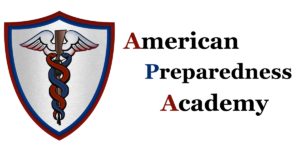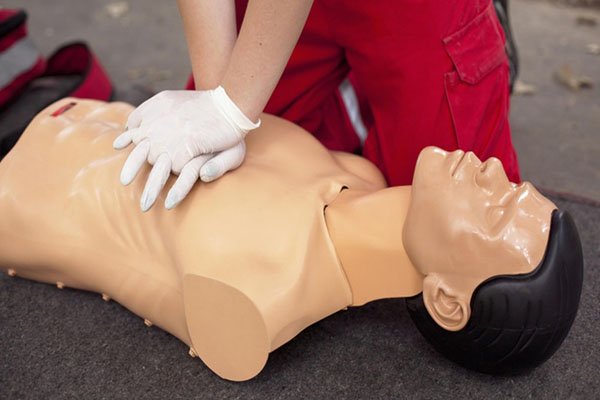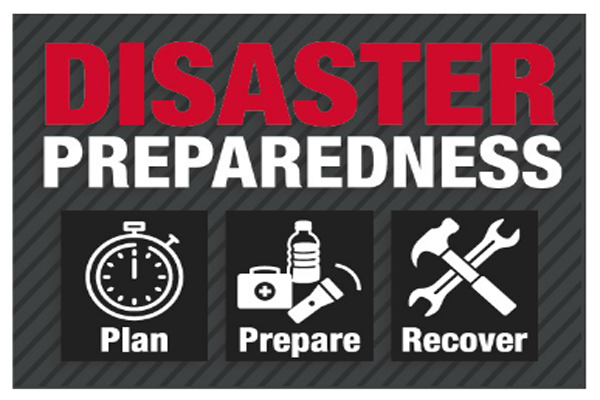Testimonials
Derek is very nice and professional , before we had a very bad experience with previous FFL as first time gun owner and we were so skeptical. Derek so helpful and knowledgeable he welcomed us very warmly and made sure to explain everything even without asking offered us classes to help us understand the law and how to handle the gun and really he answered all our questions and concerns. He cares so much about his clients and have a very good sense of humor :D. We had very great experience and I think finally we found our permanent FFL now 🙂 Thank you so much Derek for your assistance.
By far the learning experience and content delivery was Superb!! The learning environment was excellent, with perfect temperature, space, & amazing comfort. The instructor was fun, very experienced & ensured that every participant walked away feeling knowledgeable & comfortable saving lives. Trust me…Your in good hands with American Preparedness Academy!!!
Wow! Great Service, knowledge, several unique training programs and especially patience. Yeah ! Patience!!




